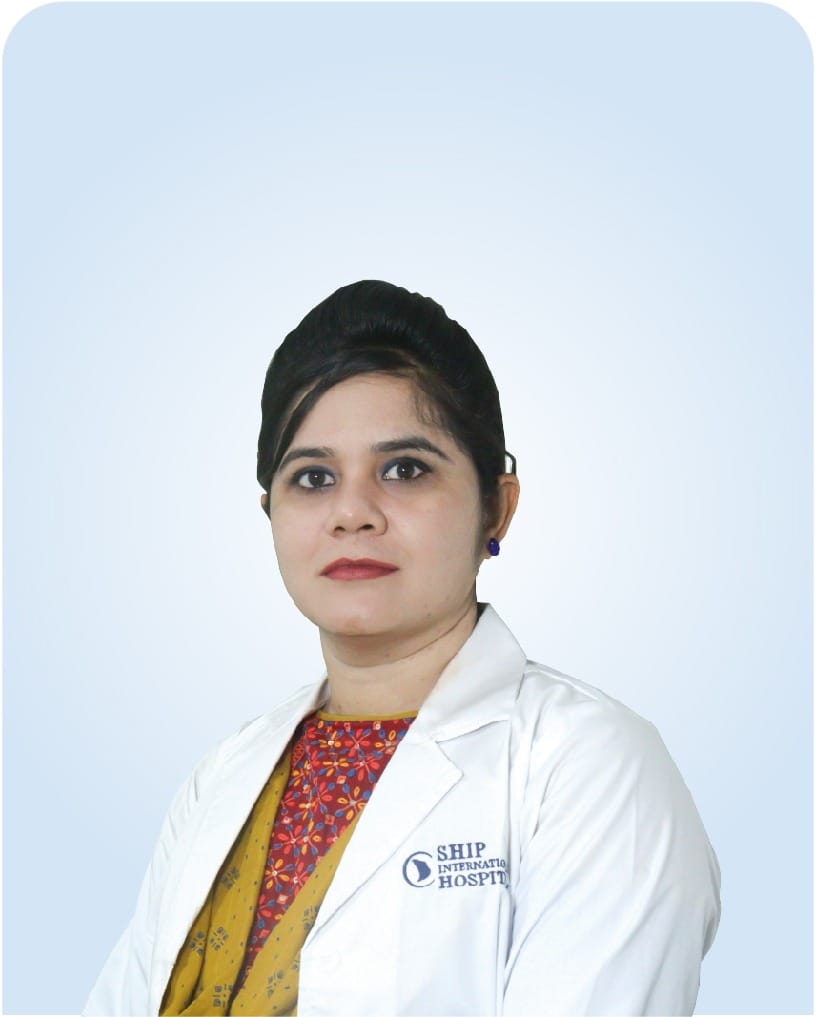Dr. Narisa Tasnim
Specialist
Ophthalmology
0 Patients Satisfaction Rating
0 Patients Comments


The Ophthalmology department of Ship International Hospital in Dhaka, Bangladesh offers diagnosis and treatment for various eye conditions. Comprehensive services range from routine vision testing to cataract surgeries. Recognized as a trusted vision testing center in Dhaka, the department prioritizes the needs and wishes of patients and their families for both outpatient and inpatient care.
Outpatient services include initial general eye examinations, with surgery days scheduled on Wednesday afternoons, primarily focusing on cataract surgery. An Ophthalmology package is available to cover a broad range of eye care needs efficiently and effectively.
| Diseases Name | Related Diseases |
|---|---|
| Refractive errors | Conditions like Amblyopia, Myopia (nearsightedness), Hyperopia (farsightedness) affect the clarity of vision and require corrective measures such as glasses, contact lenses. |
| Cataracts | Clouding of the eye's natural lens, leading to blurry vision and eventual vision loss if left untreated. Cataract surgery is commonly performed to remove the cloudy lens and replace it with an artificial one. |
| Glaucoma | It is a condition where the pressure inside the eye increases, often damaging the optic nerve. It's more common in individuals over 35-40 years old. If someone's family member has glaucoma, like a parent or sibling, their chances of getting it. If left untreated, glaucoma can cause vision loss and blindness. |
| Age-related macular degeneration | A progressive eye condition affecting the macula, the central part of the retina responsible for sharp, central vision. AMD can lead to significant vision loss in older adults. |
| Diabetic Retinopathy | A complication of diabetes that damages blood vessels as well as other parts in the retina, leading to vision impairment and potentially blindness if left untreated. |
| Conjunctivitis | Inflammation or infection of the conjunctiva, the thin membrane covering the white part of the eye and inner eyelids. It can be caused by viruses, bacteria, allergens, or irritants. |
| Strabismus | A misalignment of the eyes, causing one eye to look straight ahead while the other deviates inward, outward, upward, or downward. Strabismus can lead to double vision and may require corrective measures such as glasses, eye exercises, or surgery. |

Specialist
Ophthalmology
No ratings
0 Patients Satisfaction Rating
0 Patients Comments
